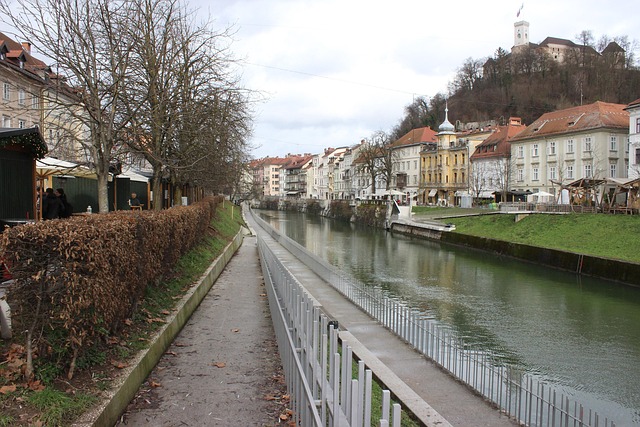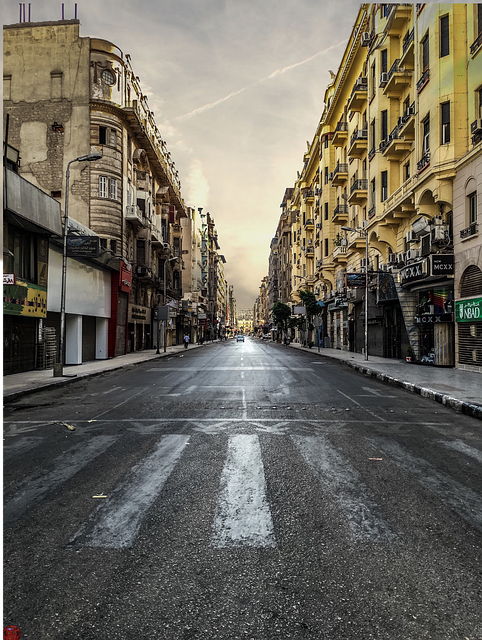In the heart of Karachi, Landhi faces air quality challenges reflective of the city’s broader environmental issues. This article offers a comprehensive guide to understanding the Air Quality Index (AQI) and its implications for local communities. We delve into the current air quality status in Karachi, highlighting key challenges. Furthermore, we propose practical strategies to improve and maintain healthy air quality in Landhi, offering insights tailored to the unique context of this bustling metropolis.
- Understanding the Air Quality Index: A Basic Guide
- Air Quality in Karachi: Current Status and Challenges
- Strategies to Improve and Maintain Healthy Air Quality in Landhi, Karachi
Understanding the Air Quality Index: A Basic Guide

The Air Quality Index (AQI) is a vital tool for understanding and communicating air pollution levels in Karachi, Pakistan. It provides a standardized measure of the quality of outdoor air, based on the concentration of various pollutants. The AQI ranges from 0 to 500, with lower values indicating better air quality. In Karachi, the index helps residents stay informed about environmental conditions, enabling them to take necessary precautions when air pollution levels are high.
For instance, an AQI score between 0 and 50 is considered ‘Good’, ideal for outdoor activities without health risks. Scores ranging from 51 to 100 fall under ‘Moderate’ pollution levels, while 101 to 200 indicates ‘Unhealthy’ air quality. When the AQI exceeds 300, it’s categorized as ‘Hazardous’, posing severe risks to health, especially for vulnerable populations like children and the elderly. Understanding these categories is crucial for folks in Karachi to make informed decisions regarding their daily routines and overall well-being in light of prevailing air quality conditions.
Air Quality in Karachi: Current Status and Challenges

Karachi, the bustling metropolis of Pakistan, has been grappling with air quality issues for years, particularly in areas like Landhi. The Air Quality Index (AQI) in Karachi often reflects moderate to unhealthy levels of pollution, primarily due to a confluence of industrial emissions, vehicle exhaust, and construction activities. These factors contribute to a complex air pollution mix that poses significant health risks to the city’s residents.
The current status of air quality in Karachi highlights the need for urgent action. Challenges include the lack of stringent emission standards for industries and vehicles, insufficient public transportation infrastructure, and rapid urbanization leading to increased traffic congestion. Despite efforts to improve air quality, such as implementing cleaner fuel policies and promoting electric vehicles, Karachi still faces an uphill battle against pollution. Effective solutions demand collaborative efforts from local authorities, industries, and citizens to ensure a sustainable and healthier future for the city.
Strategies to Improve and Maintain Healthy Air Quality in Landhi, Karachi

To improve and maintain healthy air quality in Landhi, Karachi, a multi-faceted approach is necessary. One key strategy involves reducing industrial emissions from factories and power plants. Implementing stricter pollution control measures, such as regular maintenance and modern filtration systems, can significantly cut down on particulate matter and gaseous pollutants. Additionally, promoting cleaner energy sources like solar and wind power can further enhance air quality in the region.
Encouraging greener transportation options is another effective measure. This includes increasing the use of electric vehicles, improving public transport infrastructure, and facilitating cycling and walking paths. Urban greening initiatives, such as planting more trees and creating green spaces, also play a vital role in absorbing pollutants and releasing oxygen. Community involvement through awareness campaigns can drive behavioral changes, encouraging responsible practices to preserve Karachi’s air quality.

Leave a Reply